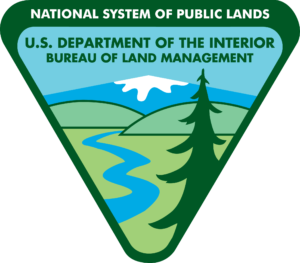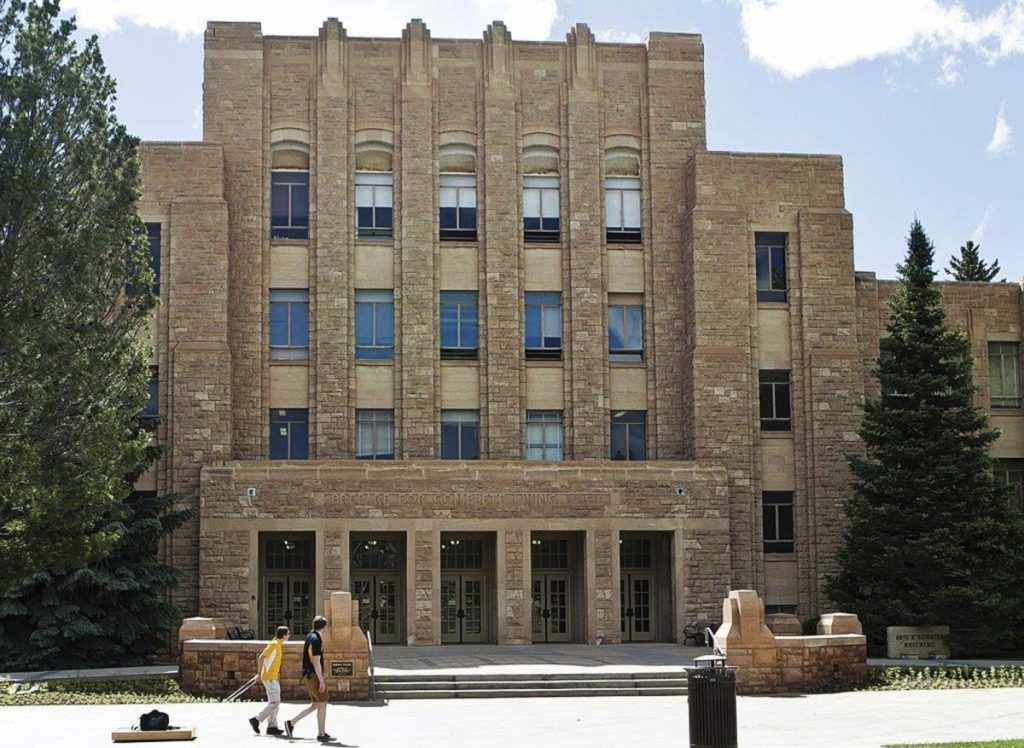Department of Interior Releases “Balanced” Proposal for Public Lands Use
Written by Andrew-Rossi on March 31, 2023
The proposed initiative hopes to find “balance” by reexamining the use of B.L.M. lands in the present to preserve and protect them for an increasingly uncertain future.
The Department of the Interior published a proposal to guide the balanced management of America’s public lands for the benefit of current and future generations. The proposed Public Lands Rule provides tools for the Bureau of Land Management (B.L.M.) to improve the resilience of public lands in the face of a changing climate; conserve critical wildlife habitat and intact landscapes; plan for development; and better recognize unique cultural and natural resources on public lands.
The proposed rule directly responds to the growing need to better manage public lands, waters, and wildlife in the face of devastating wildfires, historic droughts, and severe storms that communities are experiencing across the West, as well as to deepen B.L.M.’s collaborative work with communities, states, and Tribes to support responsible development of critical minerals, energy, and other resources.
The proposal is consistent with strategies used by other state and federal land management agencies to ensure the federal government has tools and direction to identify areas needing restoration or conservation, as well as the ability to encourage investments in public lands to help balance the impacts of development.
The Department of Interior says the new plan will increase access to outdoor recreation by putting conservation on equal footing with other uses, consistent with the B.L.M.’s multiple-use and sustained yield mission.
“As the nation continues to face unprecedented drought, increasing wildfires, and the declining health of our landscapes, our public lands are under growing pressure. It is our responsibility to use the best tools available to restore wildlife habitat, plan for smart development, and conserve the most important places for the benefit of the generations to come,” said Secretary Deb Haaland. “As we welcome millions of visitors to hunt, fish, and recreate on our public lands each year, now is the time to improve the health and management of special places.”
“Our public lands provide so many benefits – clean water, wildlife habitat, food, energy, and lifetime memories, to name just a few– and it’s our job to ensure the same for future generations,” said Bureau of Land Management Director Tracy Stone-Manning. “As pressure on our public lands continues to grow, the proposed Public Lands Rule provides a path for the B.L.M. to better focus on the health of the landscape, ensuring that our decisions leave our public lands as good or better off than we found them. We look forward to feedback from the public on how this proposal will help us best uphold the B.L.M.’s important mission.”
The proposed rule would build on the historic investments in public lands, waters, and clean energy deployment provided by President Biden’s Bipartisan Infrastructure Law and Inflation Reduction Act by directing land managers to identify and prioritize lands and waters through the land management process that requires habitat restoration work, such as removing invasive species or restoring streambanks.

B.L.M. lands are an economic driver across the West, and the proposed rule will ensure those lands and the resources they produce continue to be available for future generations.
It also proposes conservation leasing, a tool authorized by the Federal Land Policy and Management Act (F.L.P.M.A.), to facilitate restoration work on public lands in cooperation with community partners. A conservation lease is a time-limited lease of public land that allows interested organizations to conduct specific restoration or mitigation activities and would generate revenue for the American taxpayer.
This tool has the potential to expand opportunities to accelerate the restoration of big game migration corridors or establish carbon markets, for example, and directly responds to comments from state and industry partners on the need for a reliable path on public lands by which to pursue compensatory mitigation to facilitate development projects.
The proposed rule includes a roadmap to align the B.L.M. with other land management agencies, such as the U.S. Forest Service, in ensuring the agency is inventorying and assessing the health of public lands, including watersheds, forests, and wildlife habitat. In light of the rapidly changing climate and increasing demands on public lands, the additional information will be used to identify trends, implement adaptive management strategies, and ensure the best available science and on-the-ground monitoring inform decisions.
During the existing land management planning processes, it will also be utilized to identify public lands needing restoration work or intact landscapes that may be best managed for their contributions to healthy, functioning ecosystems or water quality.
The proposed rule also provides a framework for land managers to apply provisions of F.L.P.M.A. that direct the B.L.M. to prioritize the identification, evaluation, and designation of Areas of Critical Environmental Concern through land use planning.

Areas of Critical Environmental Concern are the primary B.L.M. designation for public lands where special management is required to protect important natural, historic, cultural, and scenic resources, systems or processes, or to protect life and safety from natural hazards.
However, the new vision isn’t free of criticism. Shortly after the Department of Interior announced the proposal, U.S. Senator John Barrasso – and ranking member of SeU.S. Committee on Energy and Natural Resources – issued a statement condemning the effort and its potential impacts on Wyoming.
“In the 1980s, extremists used tree spikes to try and stop responsible management of public lands. In 2023 they use decrees from Washington,” Senator Barrasso said. “Today’s announcement undermines the law’s multiple-use requirement for Bureau of Land Management lands. Wyoming families depend on access to public lands for energy and critical mineral development, grazing, forest management, and recreation. The Biden Administration’s extreme unilateral action will kill multiple use. This is a clear violation of the law. I will do everything in my power to stop this proposal.”
The publication of the proposed Public Lands Rule in the Federal Register in the coming days initiates a 75-day public comment period. In addition, the B.L.M. will host five information forums to discuss the B.L.M. will host five information forums to discuss the details of the rule.

